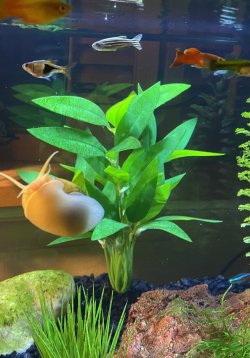Ed Pursell
Fish Fanatic
Not new to aquariums, been in the great hobby since late 70’s. Had fresh and salt over the years but been away for a while. Six months ago, got the itch again, bought a small 10 gallon set up after a few years of bettas, new tank, led hood, hob filter, heater, etc… Tank has been doing fine, do water changes, clean up, all the normal stuff. Also check water with API Master test kit, a lot less to mess with than years ago with large salt tanks. Anyway, first test, Ph was to me low, 6.8 but no issue. Did a test yesterday and was around 6.0. I’ve been testing every week or so and seems like PH is dropping. Also tested tap water and came back at 7.5 but did not let it sit 24 hours. What would cause tank water to lower PH readings. All other readings are excellent fish are fine. And yes, besides the Master kit, I do have an API PH kit, bot came back with same reading the other day.



